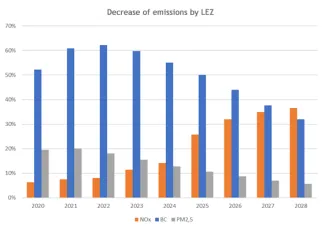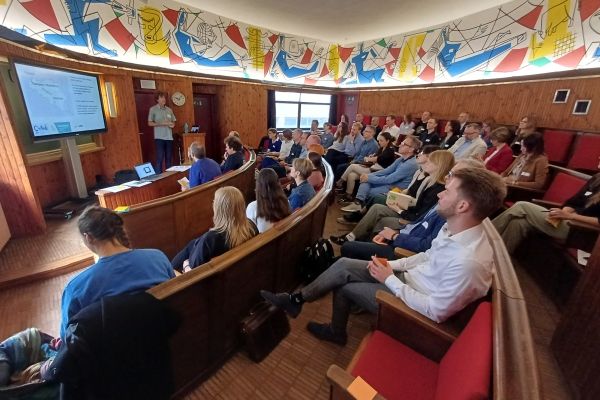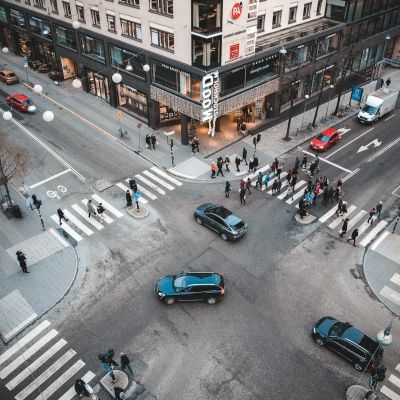VITO charts effect of Ghent low-emission zone
A reduction of soot particles from road traffic by half and a decrease of nitrogen oxide (NOx) emissions by 30 percent: that will be the effect of the low emission zone (LEZ) in the city centre of Ghent in the coming years. The results are published in a study by VITO and Transport & Mobility (in Dutch only). Both the effects of the current LEZ and those of possible extensions were evaluated.

The LEZ in Ghent came into effect on 1 January 2020. The zone applies to the streets within the city ring road, the R40, although the busy traffic artery itself falls outside the zone. In the streets of the LEZ, older vehicles are banned, including diesels with a Euro standard 4 or lower. And diesel is synonymous with air pollution, mainly through the emission of NOx and soot particles - and to a lesser extent particulates. These emissions have a harmful effect on the environment and human health. Every year, more than four hundred thousand people in Europe still die from the consequences of poor (outdoor) air quality.
But how effective is the Ghent LEZ in improving the air quality in the city centre? The effect is clearly positive, as revealed by a study of VITO and Transport & Mobility in 2021, commissioned by the Ghent city council.

Positive results
For NOx, the researchers saw a reduction of up to 10 percent compared to years before the installation of the LEZ. Moreover, the LEZ also improves the air quality in the long term: in 2025 and also in 2028 (when the LEZ measures in Ghent will be even stricter), the LEZ ensures a decrease in NOx emissions of no less than 30 percent - even though the Ghent and Flemish car fleet will already have become considerably greener by then. For soot particles, which can be carcinogenic, a 50 % reduction in emissions was recorded.
This is not the first time that VITO has investigated the effectiveness of a LEZ. Its modellers had already done so for the Antwerp city centre and the Antwerp port.
Big and complex challenge
The success of the Ghent LEZ therefore logically seems to call for an expansion, something that was also agreed in the Ghent administrative agreement after the 2019 elections. For this reason, VITO and Transport & Mobility also examined what effect this expansion would have.
“Extensions of the LEZ to the entire territory of the city of Ghent were investigated, at least up to the R4 ring road and excluding the port area,” says Stijn Vranckx of VITO. So, the urban ring road R40 would also be included. The inclusion of the R40 would have a higher impact on air quality. “We quickly saw that an expansion only makes sense if you include that busy road. On the other hand, a lot of people and businesses would be affected, and in terms of traffic engineering and mitigation measures, it would be a major and complex challenge.”
In addition, road traffic is not the only source of air pollution. Broadly speaking, it is responsible for 30 percent of local emissions. Vranckx: “There are also other important sources such as shipping, heating of buildings and industry. They ensure that the absolute concentrations of air pollution are far less influenced by a LEZ than the reductions we see for emissions from road traffic, whether the LEZ is expanded or not.”
In the end, the Ghent city council did not opt for an expansion of the LEZ, but it did opt for additional measures for better air quality, such as extra scrapping premiums for older vehicles of city inhabitants and more electric cars and bicycles outside the current LEZ.








